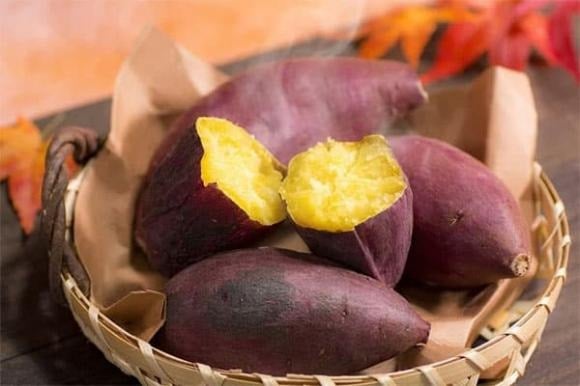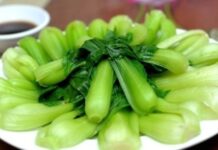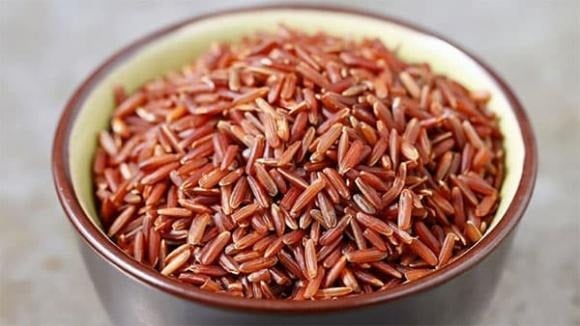A diet rich in fiber has numerous health benefits. While brown rice is a good source, there are many other fiber-rich foods that offer similar, if not better, nutritional value. Including a variety of these foods in your diet can help reduce the risk of heart disease, diabetes, immune disorders, and certain cancers.
While 100g of cooked brown rice contains approximately 2g of fiber, there are alternative options that can provide a higher fiber content and additional health benefits. Here are some great alternatives to brown rice:
**Sweet Potatoes:**
Sweet potatoes are an excellent source of fiber, with 4g of fiber per 100g serving. They are also rich in antioxidants, which help reduce inflammation, prevent oxidation, and protect the nervous system. The presence of carotenoids, specifically beta-carotene, contributes to their health benefits. Beta-carotene is converted into vitamin A by the liver, boosting immune function and supporting eye health.

**Barley:**
Barley is a great source of soluble fiber, with 3g of fiber per 100g of cooked barley. This type of fiber helps reduce the absorption of fat and cholesterol from food, contributing to lower levels of “bad” cholesterol and promoting heart health. Additionally, the soluble fiber in barley helps stabilize blood sugar levels after meals and supports a healthy gut microbiome.
**Millet:**
Millet is a whole-grain cereal with a higher nutritional value than brown rice. It provides approximately 2.6g of fiber per 100g of cooked millet. This grain is also rich in antioxidants, which protect cells, reduce inflammation, and may help prevent certain types of cancer.
**Black Beans:**
Black beans are an excellent source of fiber, providing 9g of fiber per 100g serving. They help prevent constipation and improve digestive health. Additionally, black beans are a good source of calcium, magnesium, and phosphorus, which are essential for bone health and development. The resistant starch in black beans also contributes to lower cholesterol levels and reduced risk of high blood pressure and type 2 diabetes.
**Green Peas:**
Green peas offer a good balance of soluble and insoluble fiber, with 4.5g of fiber per 100g serving. The soluble fiber forms a gel-like substance in the digestive tract, helping to lower cholesterol levels, stabilize blood sugar, and reduce inflammation. Green peas are also an excellent source of folate (vitamin B9), which is crucial for red blood cell formation and cell growth, preventing anemia. Their high potassium content also helps regulate blood pressure and protects heart health.
Including these fiber-rich foods in your diet can provide numerous health benefits. Not only do they help with digestion and prevent constipation, but they also contribute to maintaining a healthy weight, stabilizing blood sugar levels, and reducing the risk of various chronic diseases. So, while brown rice is a good option, don’t be afraid to explore and include these alternative fiber sources in your meals!
The Magic of Apple Cider Vinegar: A Tummy-Friendly Way to Banish Belly Fat
Apple cider vinegar has long been touted for its health benefits, and for good reason. When consumed in moderation, it can help curb cravings, prevent belly fat accumulation, and provide essential nutrients. This humble liquid is a powerhouse of health benefits, supporting your body in a variety of ways.






































